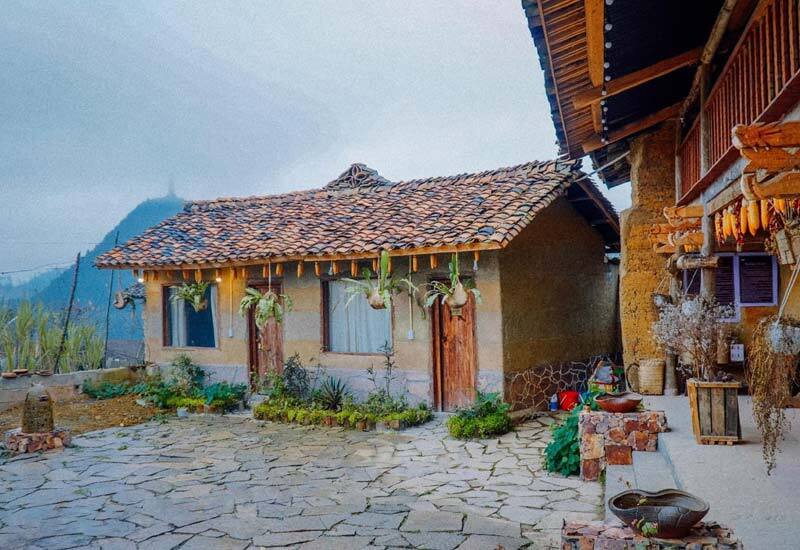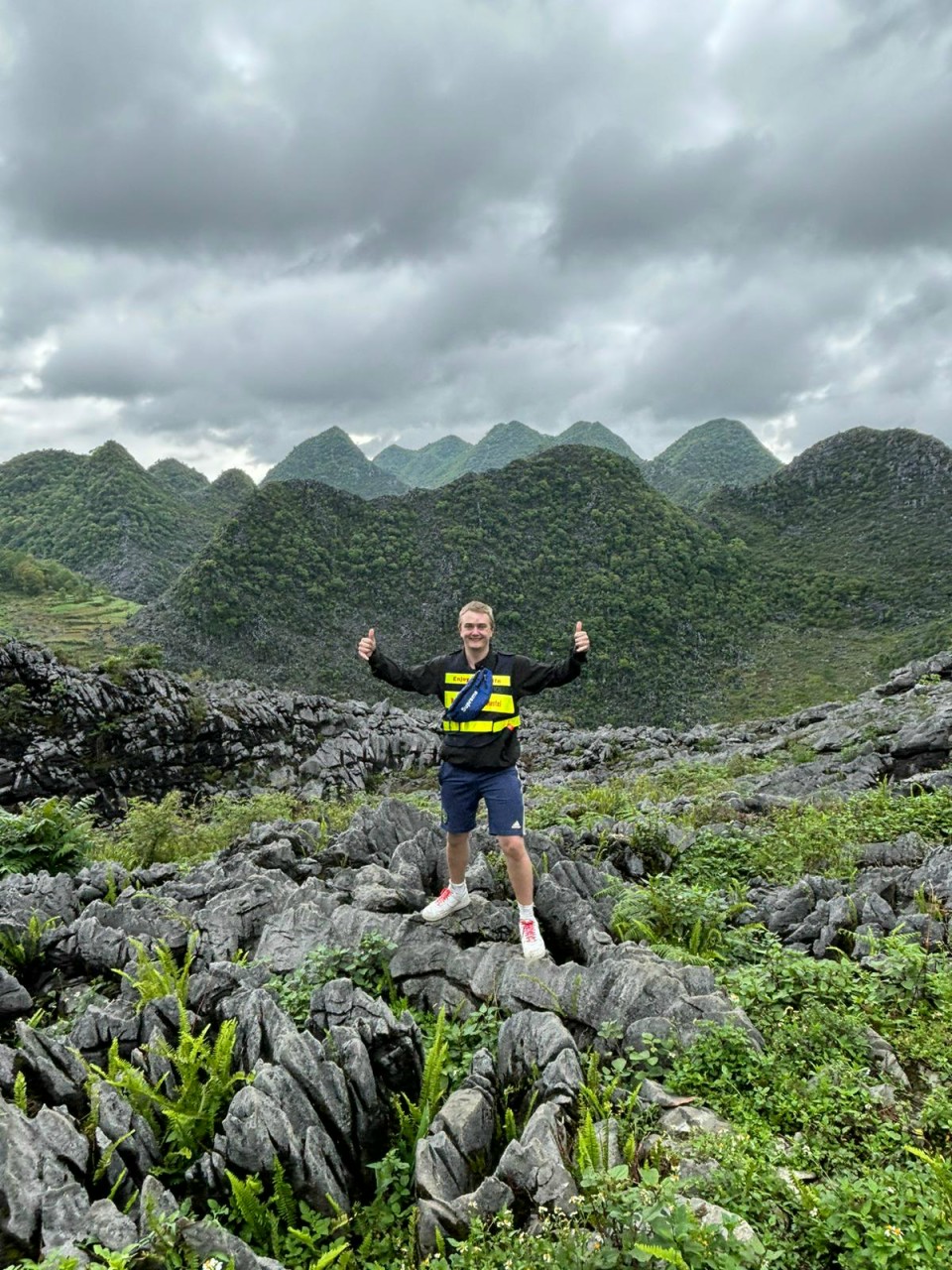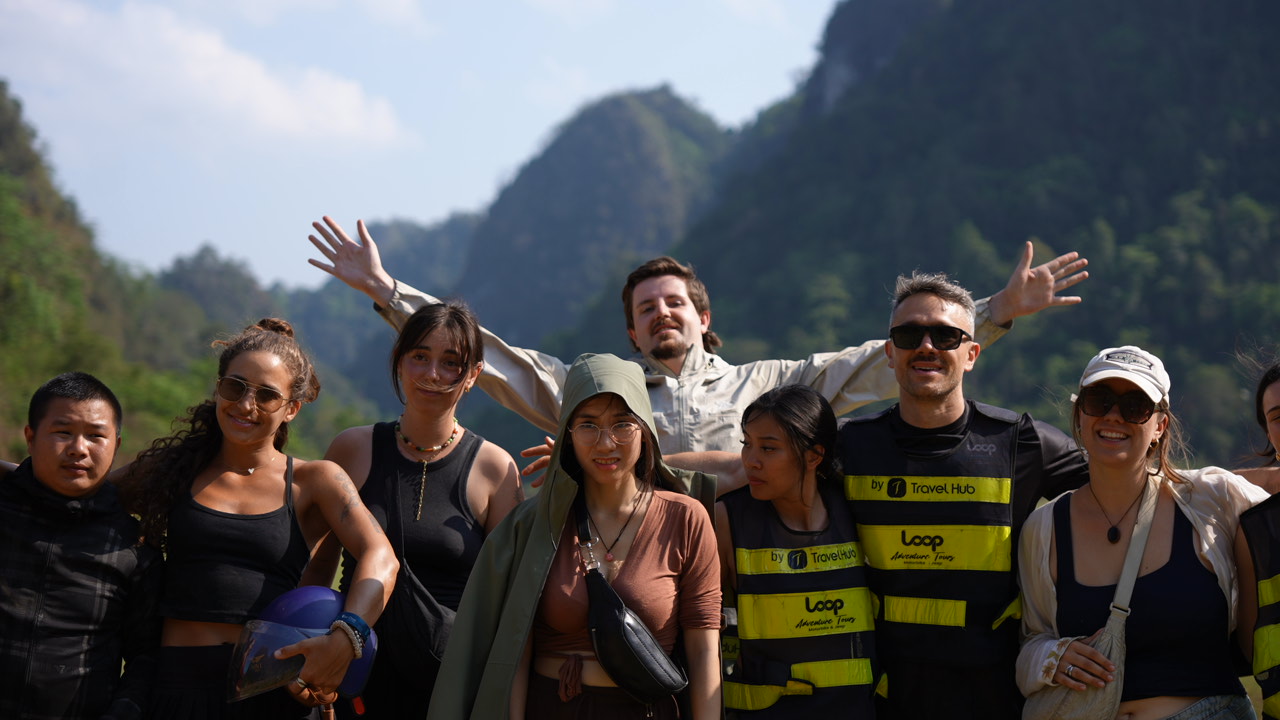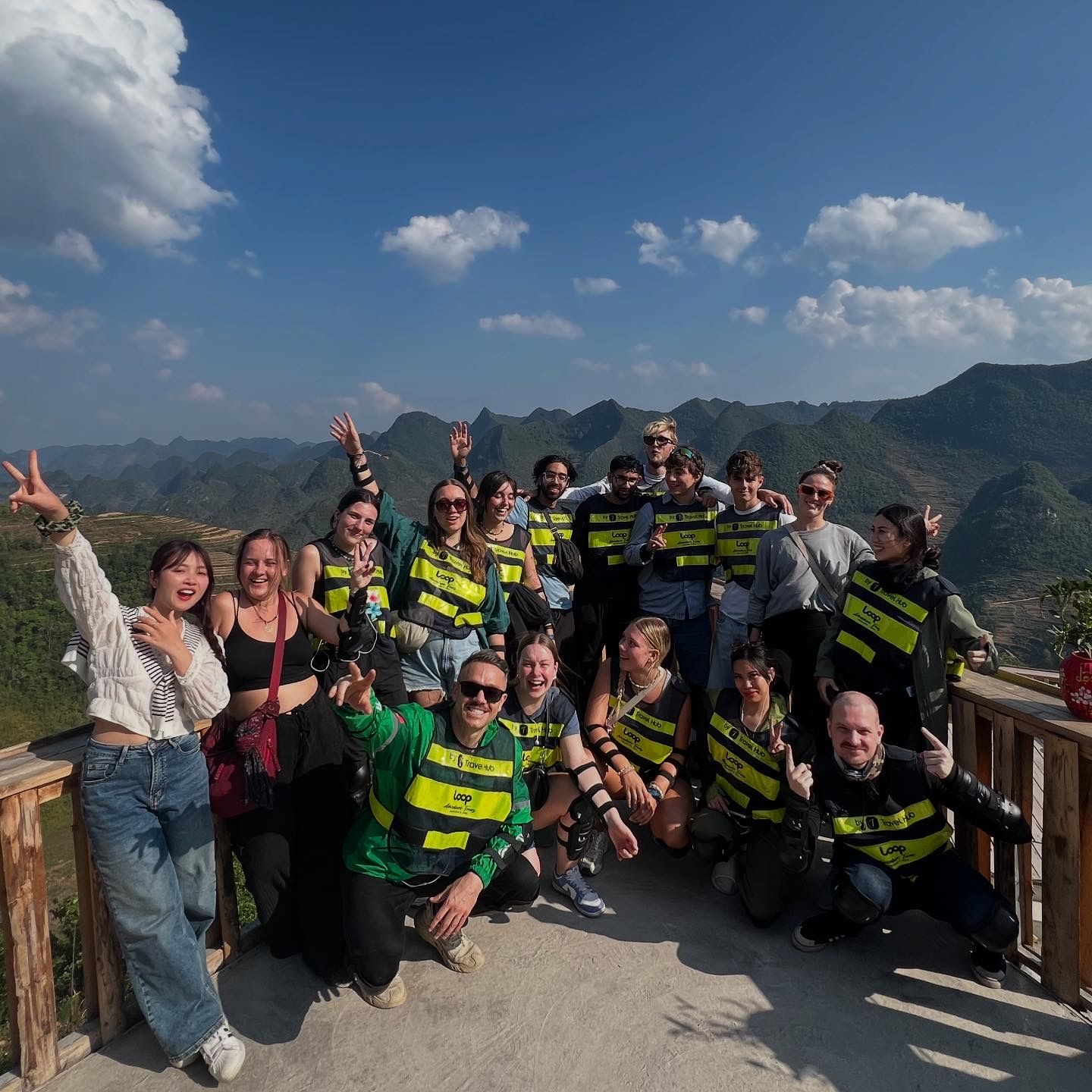If you want soft light, mild temperatures, and villages trimmed with pink petals, Ha Giang in March (peach blossom season) is your moment. The winter bite eases, roads are drier than the summer monsoon, and stone-walled hamlets around Dong Van and Lung Cu glow with peach and plum blossoms. This guide covers real-world weather, the best 2–4 day Loop itineraries, where to see blossoms, budget ranges, what to pack, safety, and photography tips, so you can plan the Ha Giang Loop with confidence and come home with the shots you imagined.
Recommended Tours for You:

Weather in March: what it actually feels like
-
Temperature: cool–mild. Early mornings can start around the low teens °C, climbing to 18–23°C (mid-60s to low-70s °F) in the afternoon—great for riding or light hikes.
-
Rain & sky: generally drier than summer, but you may catch a sprinkle or misty morning. Fog usually lifts by late morning, revealing long views on passes like Ma Pi Leng.
-
Daylight: longer than January–February; still plan daylight-only travel for safety and scenery.
- Bottom line: Ha Giang in March is comfortable, photogenic, and forgiving for first-timers.
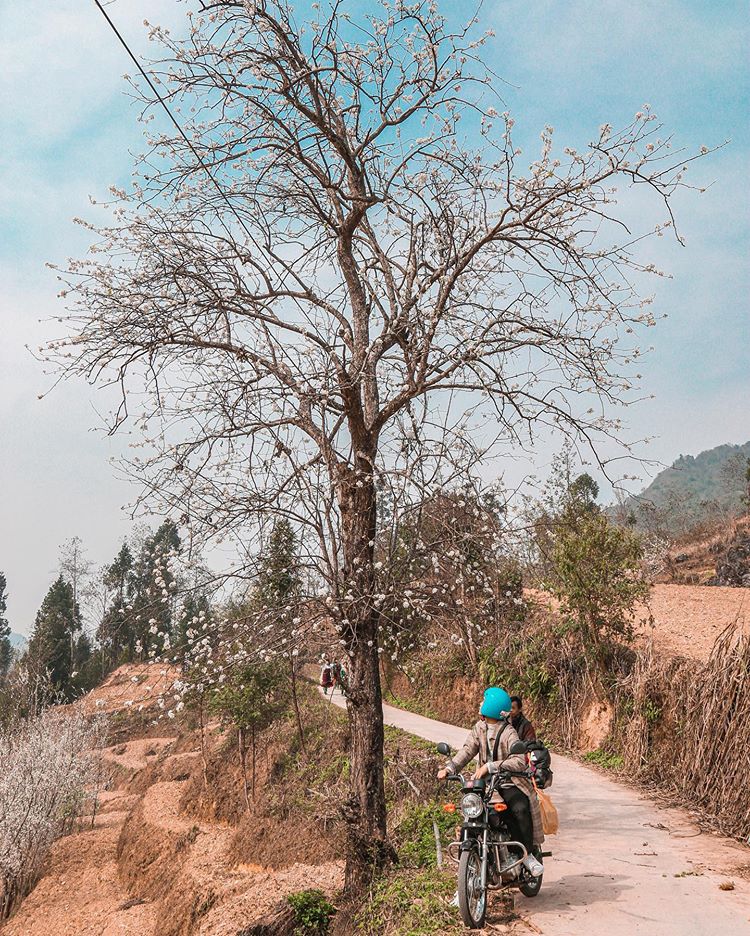
Why visit during peach blossom season?
-
Signature look: Stone fences, wooden eaves, and blush-pink blossoms frame everyday highland life—portraits and village scenes come alive.
-
Friendly conditions: Cool air + largely dry surfaces make riding more relaxed than the wet season.
-
Moderate crowds: After New Year holidays, availability improves; you’ll still want to book the best homestays in advance for weekends.
-
Cultural color: Spring markets pop with textiles and fresh produce; village lanes feel active but not hectic.

Where to see peach blossoms in Ha Giang (March)
-
Lo Lo Chai & Lung Cu area: classic stone-walled alleys with peach and plum trees arching above.
-
Lung Tao & Sung La Valley: cinematic homes framed by orchards; early mornings are magical here.
-
Dong Van Old Quarter: fewer trees right in the old street, but short rides out of town reveal blossom-lined lanes.
-
Quan Ba–Nam Dam (Dao village): soft, pastoral slopes with spring gardens and slower village rhythms.
Etiquette: ask before close portraits, avoid stepping into family courtyards without permission, and keep drones low-profile or skip them in tight villages.
March-friendly Loop itineraries (2–4 days)
2D1N Highlights (fast track)
Day 1: Ha Giang → Quan Ba Heaven’s Gate & Twin Mountains → Yen Minh pines → Sung La Valley (blossoms) → Vuong Family Palace → Dong Van (Old Quarter).
Day 2: Lung Cu (Lo Lo Chai blossoms) → Ma Pi Leng Pass sky paths → optional Nho Que River boat → Meo Vac → return Ha Giang.
Why it works in March: Short, blossom-heavy segments and reliable daylight.

3D2N Classic (best value)
Day 1: Ha Giang → Quan Ba → Yen Minh → Dong Van (sunset stroll).
Day 2: Lung Cu morning → Ma Pi Leng viewpoints → Nho Que boat (gentle winds) → Meo Vac family dinner.
Day 3: Meo Vac → Du Gia waterfall/field walks → Ha Giang → night bus to Hanoi.

4D3N Slow Travel (photographer’s pace)
Add sunrise in Lo Lo Chai, extra coffee/photo stops on Ma Pi Leng, or a cultural evening in Nam Dam. You’ll gain more blue-hour windows and time to wait out morning mist.
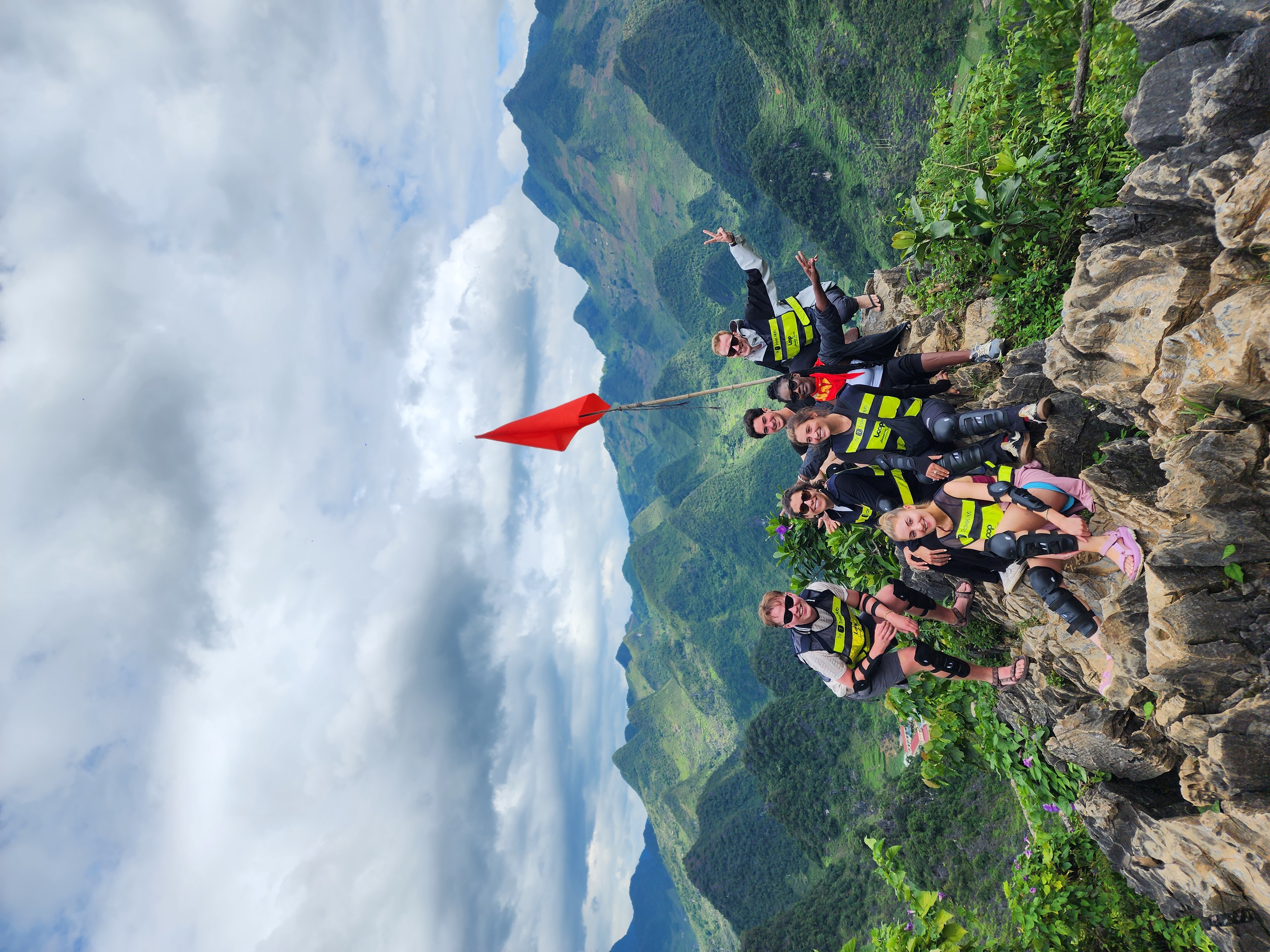
Costs & what to budget (per person, 2025 reference)
-
Motorbike rental: 180,000–300,000 VND/day; fuel ~60,000–120,000 VND/day.
-
Easy Rider group tours (3D2N–4D3N): 2.6–6.5M VND including bike + licensed driver/guide, fuel, homestays, some meals.
-
Self-ride guided packages (3D2N–4D3N): 3.2–5.8M VND (bike, fuel, guide, basic gear, homestays).
-
Car/van with driver: 2.5–5.0M VND per vehicle/day (split among 4–10 travelers).
-
Activities & tickets: Nho Que boat 100k–150k VND; small entrance fees at Lung Cu and Vuong Palace.
-
Meals: family dinners 120k–250k VND; lunches 60k–120k VND.
Book early for weekends in March; weekdays are easier on the wallet.

Getting there & getting around
-
Hanoi → Ha Giang City: overnight sleeper buses and VIP-cabin buses run daily (≈6–7.5 hours). Day limousines exist but reduce riding time.
-
Travel styles:
-
Easy Rider (pillion): ride behind a licensed local; best balance of safety and storytelling for non-riders.
-
Self-ride (guided): semi-auto/manual 110–150cc behind a lead guide; bring your license + IDP and travel insurance.
-
Car/van with driver: warm, dry, and ideal if you’re focusing on photography or traveling with family.
-

What to pack for Ha Giang in March
-
Layers: lightweight base + a windproof shell (mornings can be nippy), quick-dry mid-layer.
-
Riding basics: certified helmet, gloves with grip, long pants, sturdy shoes; compact rain jacket just in case.
-
Essentials: sunscreen (UVA matters year-round), sunglasses, refillable bottle, lip balm, small bills.
-
Tech & docs: phone mount, power bank, license + IDP (if riding), insurance details, and a microfiber cloth for lens dew.
-
For blossom photography: a 35–50mm lens for environmental portraits; 85mm for tighter frames.
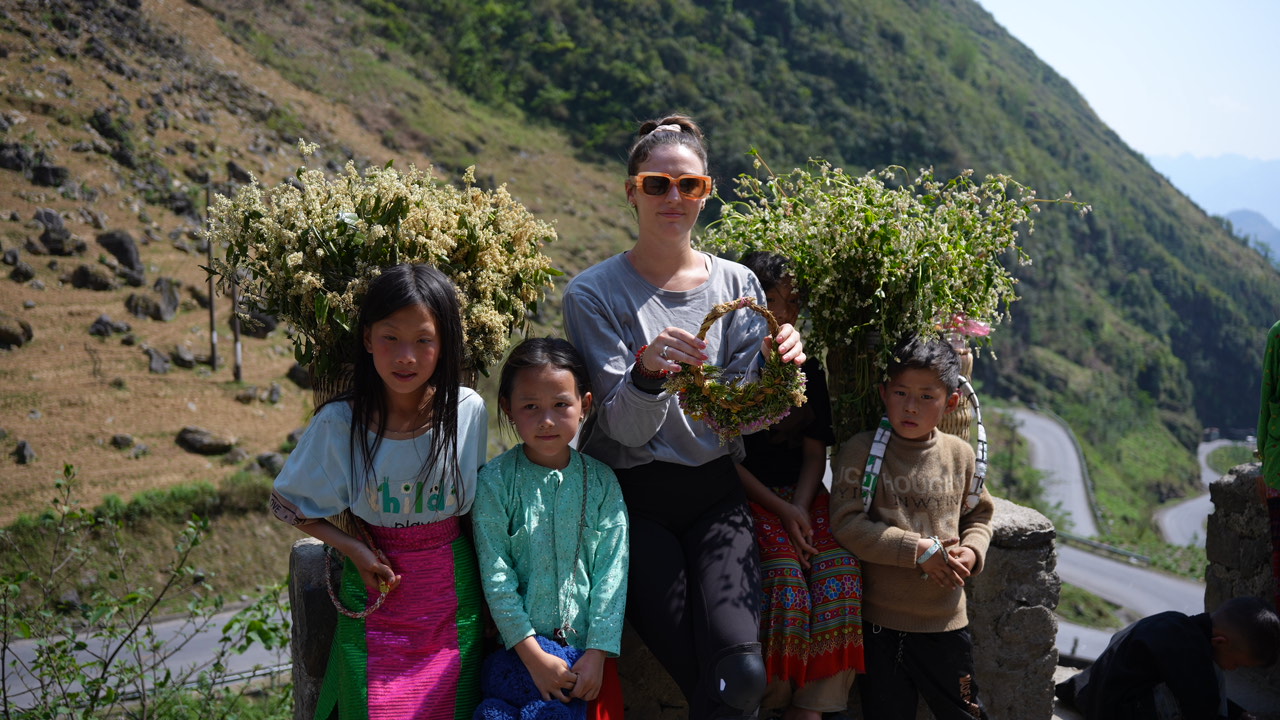
Safety & etiquette (applies year-round)
-
Daylight only. Fog, livestock, and hairpins make night riding risky and far less scenic.
-
Cornering technique: look through the turn; use engine braking on descents; avoid hard braking on damp corners.
-
Daily bike checks: tires, brakes, lights, horn, and chain lube before departure.
-
Respect local life: ask before photos, keep noise down, carry out your trash, and follow instructions at border checkpoints.
Photography tips for peach blossom season
-
Go early, wait for the lift: village mist often clears 9:00–10:00; use the wait to scout angles and meet locals.
-
Backlight blossoms: low sun behind petals creates a glowing rim; expose for highlights and lift shadows in post.
-
Color contrast: pink blossoms pop against slate roofs and dark stone walls—watch your white balance.
-
Tell the story: pair blossoms with daily life—tea smoke, weaving, school kids on bikes—to avoid generic flower shots.

Sample 3D2N photo-oriented itinerary (copy & adapt)
Day 1: Ha Giang (08:00) → Quan Ba Heaven’s Gate (scouting) → Yen Minh lunch → Sung La (blossom lanes) → Vuong Palace → Dong Van sunset in Old Quarter.
Day 2: Lo Lo Chai sunrise portraits → drive to Lung Cu outlook → Ma Pi Leng side paths for cliff lines → Nho Que boat (15:00) → Meo Vac BBQ family dinner.
Day 3: Meo Vạc → Du Gia field walks & waterfall (conditions permitting) → back to Ha Giang by 17:00 → sleeper bus to Hanoi.
FAQs – Ha Giang in March (peach blossom season)
Are blossoms guaranteed in March?
Bloom timing varies by micro-climate and altitude, but March is generally reliable for peach/plum blooms across highland villages.
Is March good for beginners?
Yes. Cooler, drier roads help. Choose Easy Rider or car/van if you’re unsure about mountain curves.
Will it rain a lot?
Short drizzles are possible; heavy day-long rain is uncommon compared with summer. Pack a light rain shell anyway.
Do I need permits?
Operators typically handle border permits. Carry your ID and follow guide instructions at checkpoints.
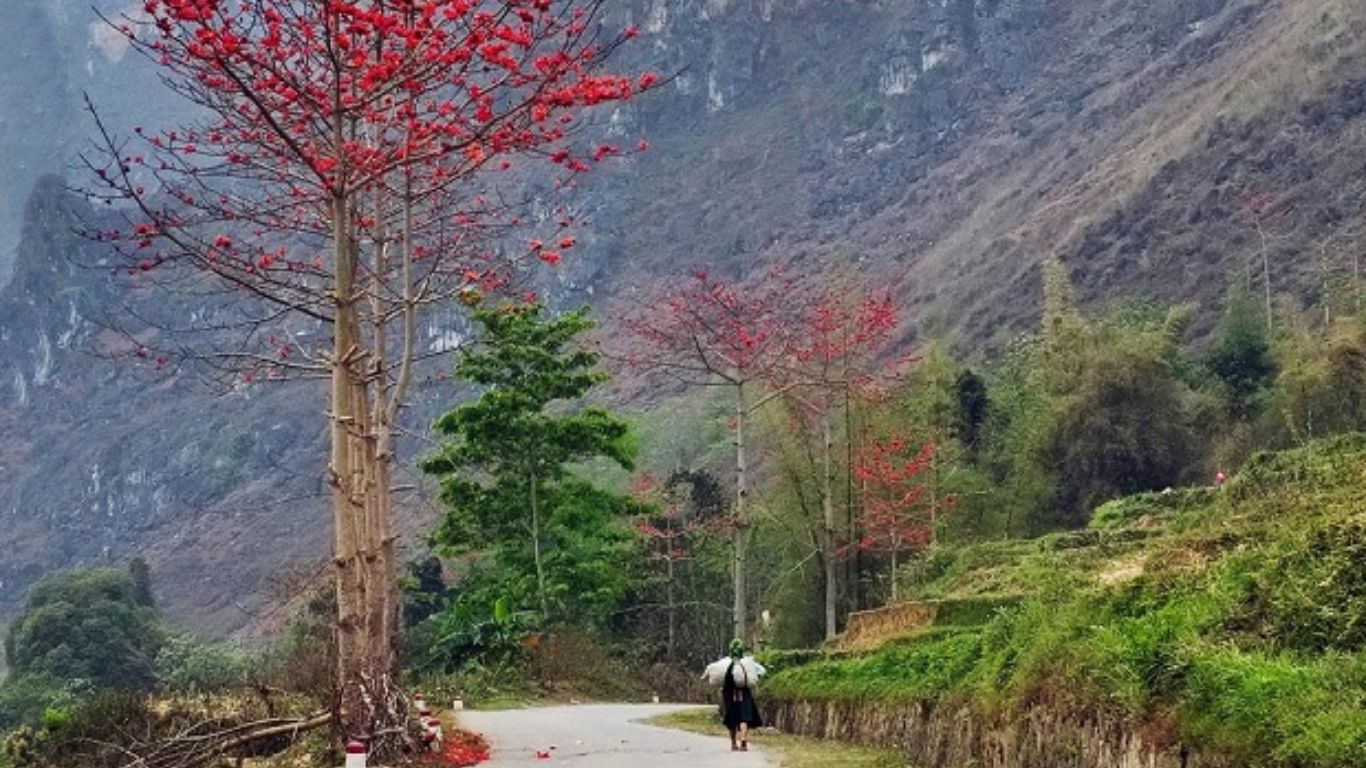
Conclusion
With pink blossoms on stone fences, cool air, and forgiving roads, Ha Giang in March (peach blossom season) is one of the most rewarding times to ride—or be driven—around Vietnam’s northern frontier. Plan 2–4 unhurried days, travel only in daylight, and book blossom-friendly bases near Dong Van, Lo Lo Chai, and Lung Cu. Pack light layers and a windproof shell, build a small buffer for morning mist, and be respectful in village lanes. Do all that, and March will deliver exactly what you came for: cliff-line horizons on Ma Pi Leng, blossom-framed alleys in Dong Van, and a camera roll full of gentle spring color that feels unmistakably Ha Giang.
Plan your adventure today! For more details and personalized support, contact Thelooptours Hotline: +84329196074.


